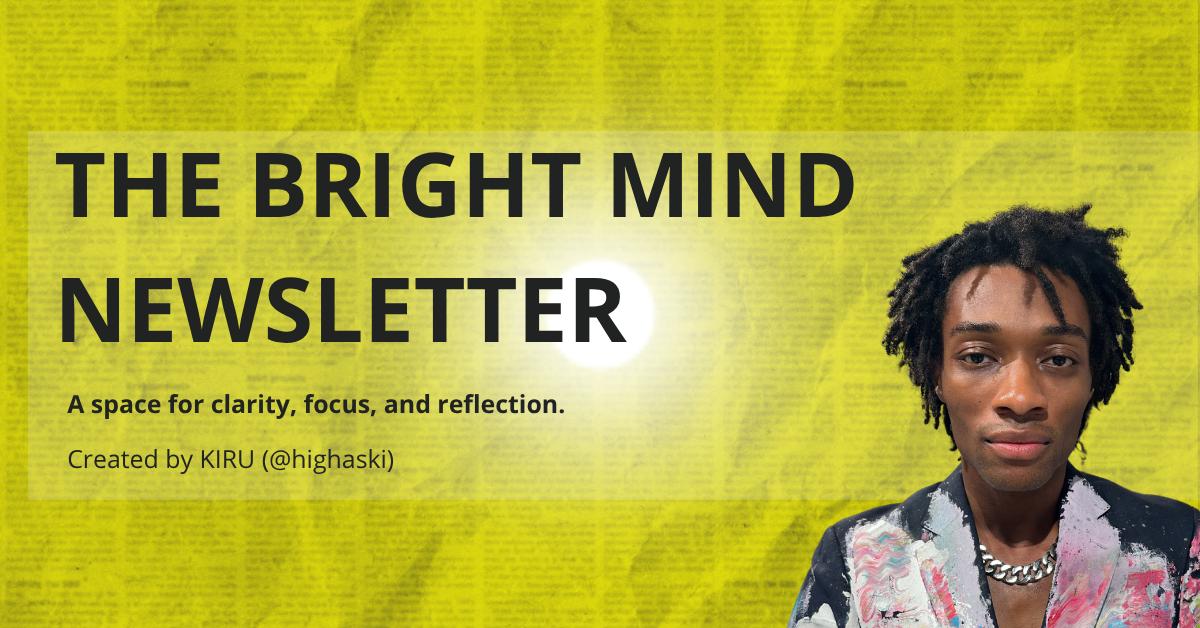Why Do I Suddenly See That Thing Everywhere?
Discover how two cognitive biases—selective attention and confirmation bias—team up to make the world feel full of coincidences.
The Frequency Illusion: Why You Suddenly See That Thing Everywhere
Have you ever learned a new word, only to suddenly hear it spoken three times in the next 24 hours? Or perhaps you decide on a specific make and model for your next car, and you immediately begin seeing it on every street corner. This uncanny experience, where something you’ve just become aware of seems to crop up with improbable frequency, is a well-documented psychological phenomenon. It’s a cognitive bias known as the Frequency Illusion, though it’s more popularly known by its peculiar and memorable nickname: the Baader-Meinhof Phenomenon. Understanding this quirk of the mind is more than just a fun bit of trivia; it reveals the powerful, often invisible, filters through which we construct our reality, influencing everything from our purchasing decisions to our political beliefs.
An Unlikely Name and a Scientific Explanation
The story behind the phenomenon's popular name is as random as the illusion itself. It has nothing to do with German terrorists, except by pure coincidence. In 1994, a reader of the St. Paul Pioneer Press newspaper, Terry Mullen, wrote in after having two separate encounters with references to the Baader-Meinhof Gang, a far-left German militant group from the 1970s, within a single day. He dubbed the experience the "Baader-Meinhof Phenomenon," and the catchy name stuck within the newspaper's community and eventually spread online.
While the name originated anecdotally, the mechanism behind it was formally identified and described in 2006 by Arnold Zwicky, a linguist at Stanford University. Zwicky preferred the more descriptive term "Frequency Illusion" and broke the phenomenon down into two underlying psychological processes. The first is selective attention. When you’re introduced to a new piece of information—a word, a concept, a product—your brain unconsciously flags it as important. You are now primed to notice it. The second process is confirmation bias, our natural tendency to seek out and interpret information that confirms our existing beliefs or perceptions. Once you spot the "new" thing again, your brain takes it as proof of its sudden ubiquity. "See?" your mind says. "I knew it was everywhere!" In reality, the frequency hasn't changed; your ability to perceive it has.
From Quirky Observation to Marketing Tool
For years, the Baader-Meinhof Phenomenon remained little more than a curiosity shared on internet forums and blogs. Its relatable nature made it a popular "did you know?" factoid. However, as our understanding of cognitive biases has deepened, so has the illusion's perceived relevance in professional and academic fields. Its trajectory has moved from a simple observation of personal experience to a recognized psychological principle with significant real-world applications.
The rise of behavioral economics and user-centric design has brought cognitive biases to the forefront of business and technology. Marketers, in particular, have become keenly aware of the Frequency Illusion’s power. A well-designed advertising campaign doesn't just show you an ad once; it creates multiple touchpoints across different platforms. You might see a commercial on TV, scroll past a sponsored post on social media, and hear a radio spot—all for the same product. This orchestrated exposure primes your selective attention. When you later see the product on a store shelf, the Frequency Illusion kicks in, creating a sense of familiarity and popularity that can sway your purchasing decision. It feels like the product is "the next big thing" simply because your brain has been trained to notice it.
The Illusion in Modern Life: Algorithms and Echo Chambers
Today, the Frequency Illusion is arguably more potent than ever, thanks in large part to the algorithms that curate our digital lives. Social media feeds, search engine results, and streaming service recommendations are all designed to show us more of what we’ve already engaged with. If you click on one article about a particular political issue, the algorithm takes note. It then feeds you more content related to that issue, creating a powerful, personalized Frequency Illusion. Suddenly, it seems like everyone is talking about it. This can warp our perception of public opinion, reinforce our biases, and trap us in ideological echo chambers where our views are constantly validated and seldom challenged.
This has serious ethical implications. While a marketer using the illusion to sell shoes might be relatively harmless, the same mechanism can be exploited to spread misinformation or fuel social panic. Once a conspiracy theory takes root, for example, confirmation bias drives the believer to see "evidence" everywhere, and algorithms amplify this by serving up a constant stream of validating content. Similarly, in the realm of health, someone who reads about the symptoms of a rare disease may become hyper-aware of their own body, interpreting every minor ache or cough as proof of illness—a digital-age version of "medical student's syndrome."
Recognizing the Glitch and Reclaiming Your Reality
So, how can we use this knowledge in our daily lives? The first step is simply awareness. The next time you feel that eerie sense of "it's everywhere," take a moment to pause and reflect. Ask yourself: "Is this thing truly more frequent, or am I just noticing it for the first time?" This simple act of metacognition—thinking about your thinking—can break the illusion’s spell.
By understanding the Frequency Illusion, you can become a more discerning consumer of information and products. When you see an ad campaign or a political message that seems to be everywhere, you can recognize the deliberate attempt to prime your attention. You can question whether an idea is genuinely gaining traction or if your digital environment is simply creating that impression for you.
You can even harness the phenomenon for good. If you want to build a new, positive habit—like practicing gratitude or exercising more—intentionally immerse yourself in it. Read books about it, listen to podcasts, and talk to people who embody that habit. By priming your selective attention, you will start noticing opportunities for gratitude and fitness all around you, making it easier to integrate the new behavior into your life.
Ultimately, the Baader-Meinhof Phenomenon is a humble reminder that our brains are not passive recorders of objective reality. They are active, biased interpreters. By understanding this cognitive glitch, we are not just learning a fun psychological fact; we are gaining a crucial tool for navigating a complex world with greater wisdom, intention, and clarity.
Keep Going!
Check out these related posts








